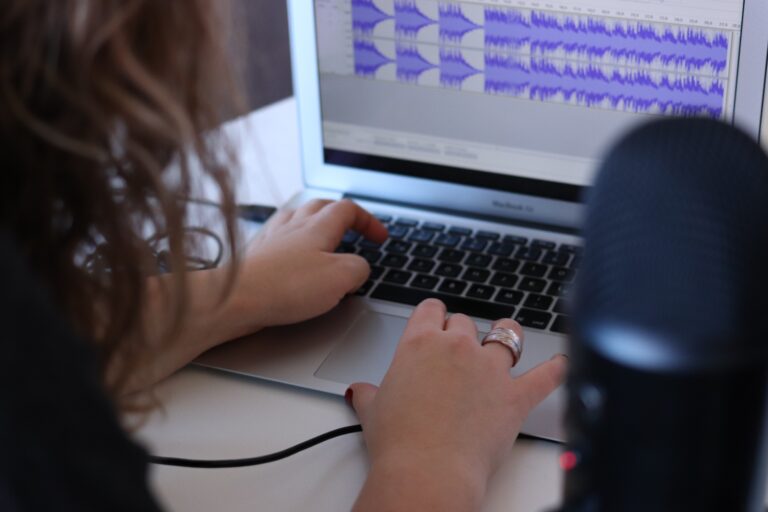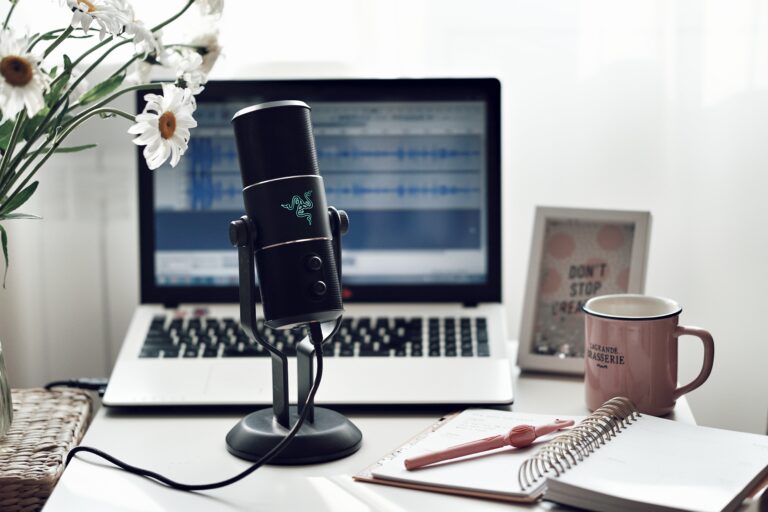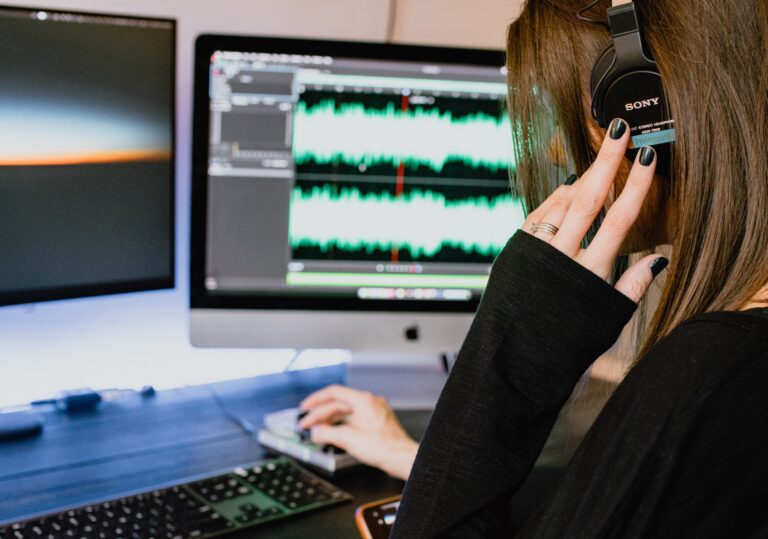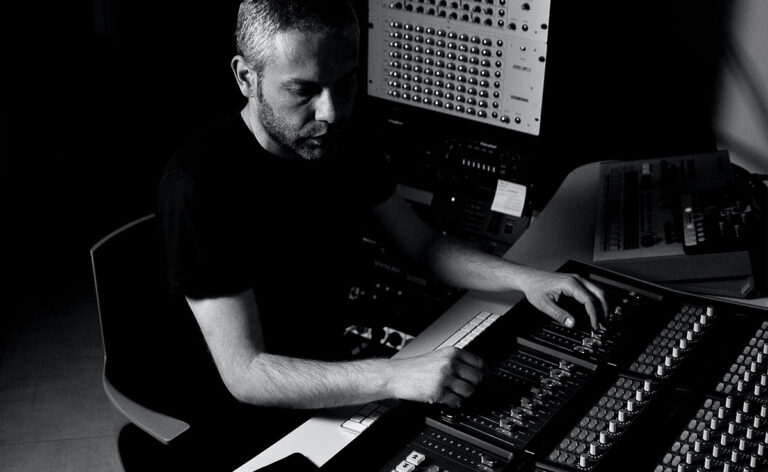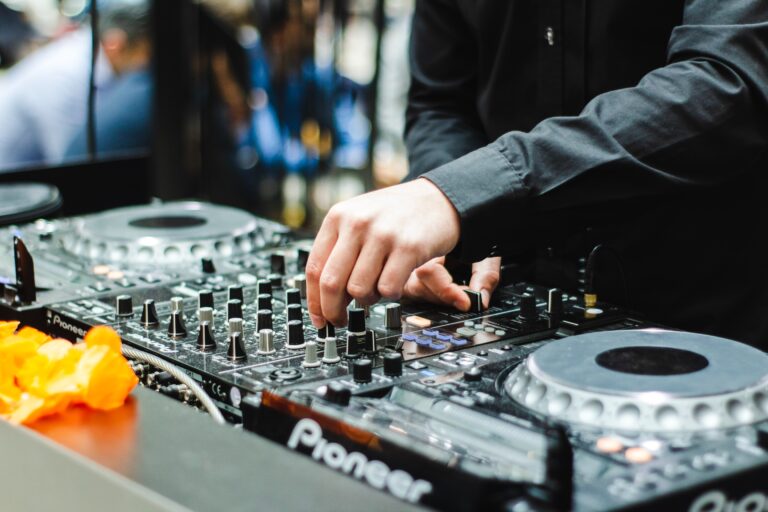In the world of media and entertainment, voice-over effects play a significant role in shaping the overall audio experience. These effects are instrumental in adding depth, character, and creativity to voice recordings, making them an essential tool for voice actors, audio engineers, and producers. In this article, we will explore the role of voice-over effects in various mediums and discuss their impact in 2023.
- Film and Television: Voice-over effects are extensively used in films and television shows to enhance storytelling and evoke emotions. They can transform the mood of a scene, create a sense of space, and add depth to the characters’ performances. In action-packed sequences, voice-over effects such as compression and EQ help ensure that dialogue remains clear and intelligible amidst intense sound effects and music. Reverb and delay effects can be used to simulate different environments, making the audience feel like they are part of the scene. Pitch shifting and time stretching effects allow for creative manipulation of voices, enabling the creation of unique characters or altering the perception of time.
- Commercials and Advertisements: In the world of advertising, voice-over effects play a crucial role in capturing the audience’s attention and delivering the intended message effectively. These effects help create a distinct sonic identity for brands, making their advertisements more memorable. By carefully selecting and applying voice-over effects, advertisers can evoke specific emotions, create excitement, and establish a connection with the target audience. EQ and compression effects ensure that the voice stands out and remains clear in a busy audio mix. Additionally, effects like chorus and vocal doubling can add a sense of energy and engagement to commercial voice-overs.
- Radio and Podcasts: Voice-over effects are vital in the world of radio and podcasts, where audio is the primary medium of communication. These effects help set the tone and mood of the broadcast, making it more engaging for listeners. In radio dramas, voice-over effects such as filtering and distortion can be used to create unique character voices, immersing the audience in the narrative. EQ and compression effects help maintain consistency in voice recordings, ensuring that the message is delivered clearly. Reverb and delay effects can be used to differentiate between different segments or create a sense of space.
- Video Games: Voice-over effects play a crucial role in the immersive experience of video games. They help bring characters to life and enhance the narrative elements of the gameplay. In character-driven games, voice-over effects allow for the creation of diverse and distinct voices, contributing to the believability of virtual worlds. Effects like EQ, compression, and filtering ensure that dialogues remain clear and intelligible, even during intense gameplay moments. Additionally, effects like pitch shifting and time stretching can be used to match the voice recordings with the pacing and timing of the game’s events.
- Interactive Media and Virtual Assistants: With the rise of interactive media and virtual assistants, voice-over effects have become increasingly important. In applications like voice-guided navigation systems or virtual assistants, voice-over effects help create a natural and engaging interaction between the user and the technology. These effects enable the voice to be expressive, responsive, and easily distinguishable from other audio elements. Reverb and EQ effects can be used to create a sense of presence and depth, making the voice sound more realistic and immersive.
- Artistic Expression and Experimental Projects: Voice-over effects are also used as a means of artistic expression and experimentation. In music production, artists and producers often incorporate voice recordings as part of their compositions, applying various effects to create unique textures and atmospheres. Artists may manipulate voices using unconventional effects like flanging, vocoding, or granular synthesis to push the boundaries of traditional vocal performances. These effects allow for the creation of abstract and unconventional sonic landscapes, adding an avant-garde touch to the music.
In conclusion, voice
